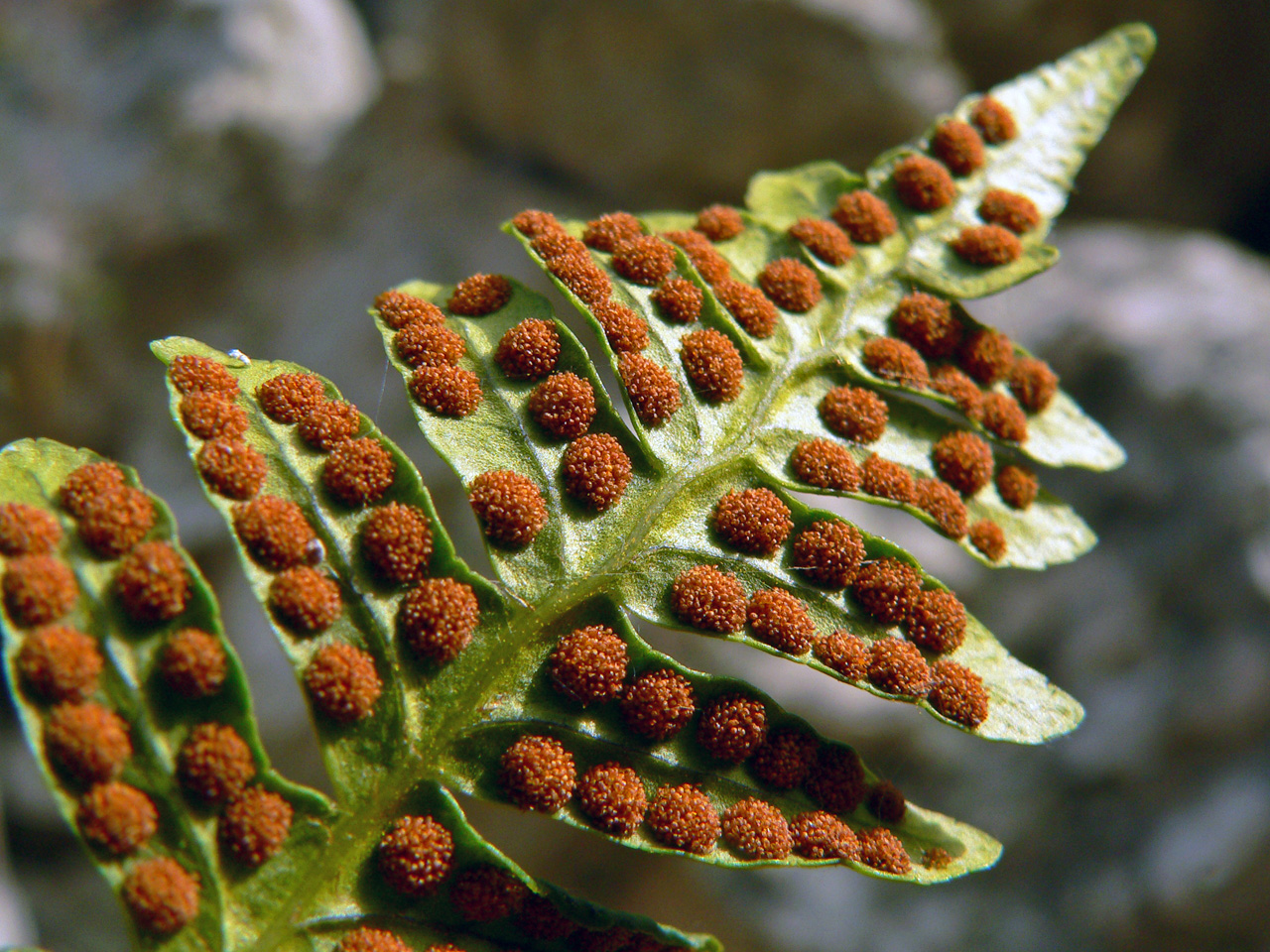Atom
Materia ma budowę ziarnistą i składa się z maleńkich cząstek, będących w ciągłym ruchu. Atom jest to najmniejsza cząstka pierwiastka chemicznego.
Atom składa się z jądra i elektronów.
Jądro atomu pierwiastka zawiera nukleony, czyli protony (p+) i neutrony (n⁰).
Elektrony znajdujące się na ostatniej powłoce to elektrony walencyjne i one decydują o chemicznych właściwościach pierwiastka chemicznego.
Atomy tego samego pierwiastka chemicznego, różniące się liczbą neutronów w jądrze, noszą nazwę izotopów.
Układ Okresowy Pierwiastków
Pierwiastki chemiczne występujące w przyrodzie i otrzymane sztucznie, uporządkowane według zwiększającej się liczby atomowej, tworzą układ okresowy pierwiastków chemicznych.
Znając położenie pierwiastka chemicznego w układzie okresowym i jego liczbę atomową, można podać wiele informacji o nim i o jego związkach chemicznych.
Atomy tego samego pierwiastka gazowego (z wyjątkiem gazów szlachetnych) łączą się, tworząc cząsteczki pierwiastka chemicznego (O
2, H
2, N
2, Cl
2).
Atomy różnych pierwiastków chemicznych łączą się, tworząc cząsteczki związków chemicznych (H
2O, CO
2, CaO).
Masy atomów i cząsteczek wyraża się w jednostkach masy atomowej (u)
Atomy łączą się za pomocą wiązań chemicznych, które powstają dzięki oddziaływaniom elektronów walencyjnych. Wiązania chemiczne to wiązania kowalencyjne (atomowe) lub jonowe.
Liczba wiązań, za których pomocą łączą się atomy, tworząc cząsteczki, nosi nazwę wartościowości pierwiastka chemicznego.
Wzór Sumaryczny i Strukturalny
Znając wartościowość pierwiastków chemicznych, można poprawnie pisać wzory sumaryczne i strukturalne związków chemicznych.
Równanie Reakcji Chemicznej
Przebieg reakcji chemicznej przedstawia się za pomocą równania reakcji chemicznej. Równanie reakcji chemicznej jest napisane poprawnie, gdy wzory związków chemicznych i symbole pierwiastków po obu stronach równania jest taka sama, tj. gdy równanie jest uzgodnione.
Równania reakcji chemicznych są podstawą obliczeń stechiometrycznych.














































